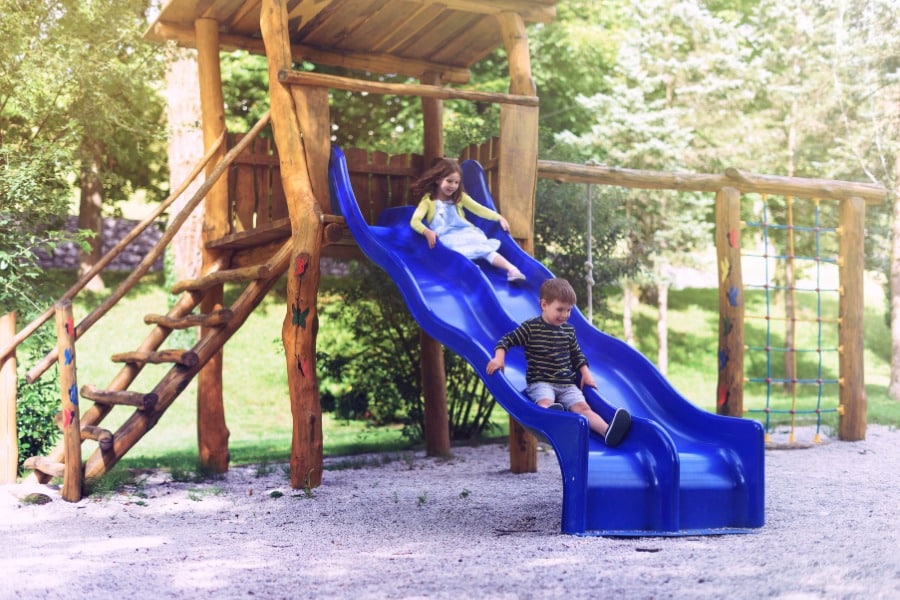The Dangers Of Defective Toys
The promise of a new toy can be tantalizing for many kids. Many parents use them as a reward for good behavior and excellent performance in school. They also rely on these things to keep their kids entertained so they can complete their chores at home.
Sadly, some toys can be dangerous for kids. Defective toys, for one, can pose a serious, even lethal, safety risk. Many children die from toy-related injuries, such as slipping and choking.
This is alarming, considering how nearly indispensable these things are in our kids’ lives. Most of the time, they don’t even realize the risks as they only play to their heart’s content.
As responsible parents and consumers, it’s up to adults to do their part in helping children avoid the dangers of defective toys.
This post will explore them and provide a few practical tips to keep your kids safe from harm.
If your child gets injured by a toy, defective or not, reach out to a child injury attorney. They can provide the necessary assistance for holding entities liable and getting rightful compensation for the damage you incurred.

Dangers Of Defective Toys
Meanwhile, here’s what you need to know.
- Choking And Suffocation
Younger children playing with a fascinating toy are oblivious to the danger of small parts. It’s second nature for kids, especially infants, to put everything inside their mouths or over their faces.
Small or loose parts can easily get lodged in a child’s throat and obstruct their airway. If you don’t perform the Heimlich maneuver on them in time, this can turn fatal. They may also cover them entirely, causing them to lose air.
Some examples of toys that can cause choking and suffocation include:
- Deflated or broken balloons
- Small balls
- Toy parts such as buttons or doll eyes
- Toy packaging materials
Supervising a child while playing and removing the toy from its original packaging is always recommended.
You should also check for any choking warnings on the label to know if your child can safely play with it using their mouth or over their nose.
- Poisoning
Despite efforts in legislation, low-quality toys still contain lead or other toxic chemicals. They can be ingested or even penetrate a child’s skin.
Lead is a neurotoxin. Ingesting enough of it can lead to nerve damage, learning and behavioral problems, and irreversible brain damage.
Many plastic toys recalled in the past were reported to have dangerous levels of lead. All toys pre-1978 also had flaking paint that could lead to poisoning.
If toys are handed down to your child, carefully check them to ensure safety. Solid wood toys tend to be the safest option in this case.
- Burns And Electrical Shocks
Do you remember those mini easy-bake toy ovens that can help little kids bake premix cupcakes? They could cause burns due to defective heating elements, as well as lacerations. Almost one million units had to be recalled due to these dangers.
Meanwhile, hoverboards used to be very popular among teens until some started catching fire and exploding due to faulty wiring.
In yet another example, poorly made light-up shoes have posed a threat to wearers. A nine-year-old boy suffered second-degree burns when his sneakers got wet after a water day event at school.
Faulty electrical components have caused shocks and burns to hundreds of children. That’s why parents must scrutinize anything battery or electricity-operated before giving them to kids.
- Lacerations And Abrasions
Toys with sharp edges and protruding parts pose a high risk of lacerations and abrasions. This is exceptionally so for those with metal and glass parts.
But toys made from plastic can also cause the same problem. Likewise, anything with rough surfaces may cause cuts, bruises, and scrapes.
Examples of toys in this category include:
- Toy guns
- Dolls or action figures with removable parts
- Board games with rough edges
- Outdoor toys such as jungle gyms, swings, and slides
- Building sets with removable pieces
These toys should be inspected before having the kids play with them. Ideally, they have their cast parts smoothed out cleanly or adequately sealed.
- Slips And Falls
Ride-on toys with unstable bases or poorly designed structures have caused accidents. That’s because they either give way or cause kids to lose their balance and fall.
Such incidents often result in head injuries and broken bones. Scooters with defective wheels and braking mechanisms have been found to cause the problems.
As always, proper inspection can help you see if a ride-on toy may pose problems for your child. You should also think about their ability to balance.
What You Should Always Do
To make sure all your child’s toys are safe, consider taking the following steps:
- Check the Consumer Product Safety Commission (CPSC) recall list.
- Follow age recommendations.
- Regularly inspect toys.
- Supervise children during their playtime.
- Report safety concerns immediately.
These tips will help you vet which toys your kid plays with, reducing their risk of any of the mentioned problems.
Think Before You Give
The danger of defective toys is not something to be taken lightly. Be constantly vigilant and only give your child something safe and suitable. That way, they can have many hours of safe fun without the threat of problems looming over them.


